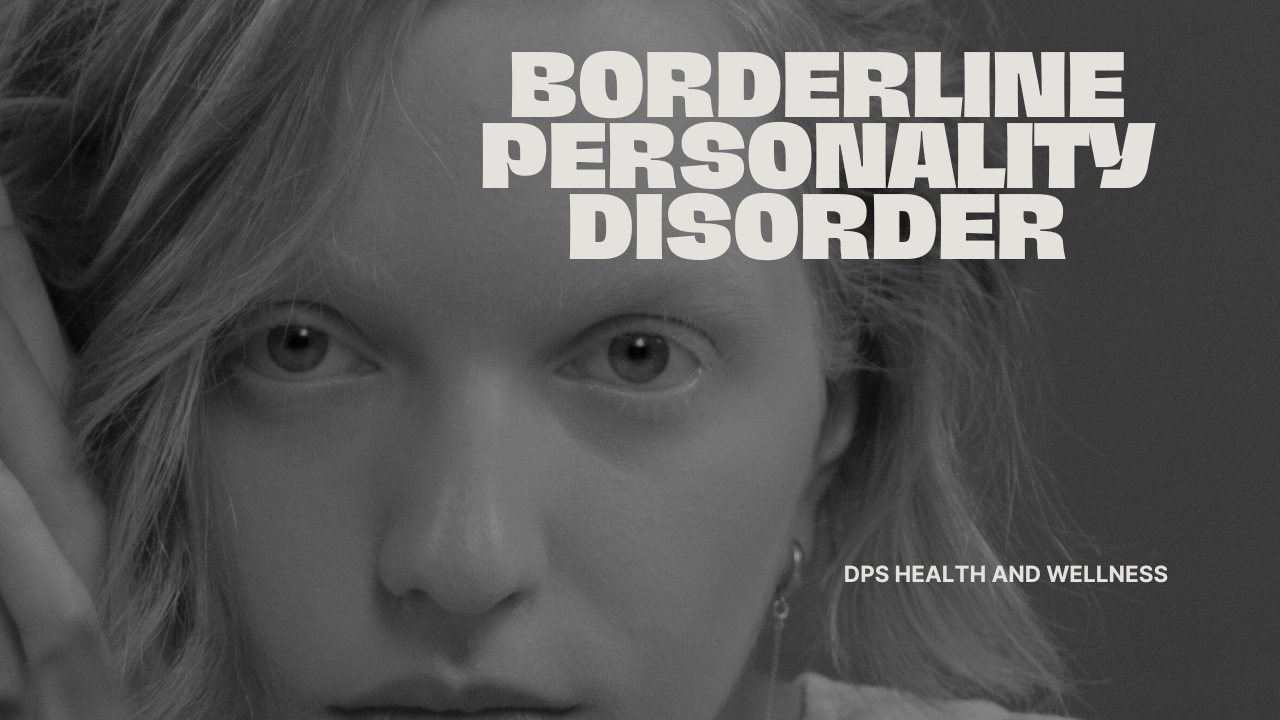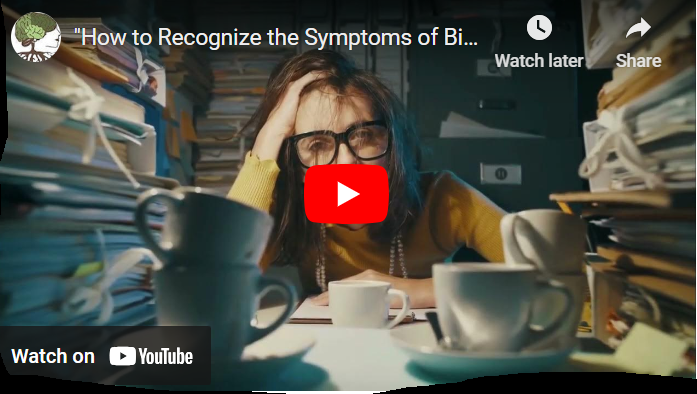“Dive into the complex world of borderline personality disorder (BPD) and its multifaceted traits.”
Borderline personality disorder (BPD) is a nuanced and multifaceted mental health condition that eludes easy understanding. Manifesting through various symptoms, this condition is characterized by significant instability and impulsivity, impacting various facets of an individual’s life. Dr. Ramani, a renowned clinical psychologist, helps demystify the nine hallmark traits that make up the BPD profile.
Understanding BPD: Instability at Its Core
At the heart of borderline personality disorder lies a pervasive sense of instability that touches nearly every part of one’s life, from relationships to one’s very identity. Imagine living in a world that feels like it’s constantly in motion, where even small disruptions can resonate with the force of seismic shockwaves through your emotional state. This instability leaves a person with BPD in a perpetual state of uncertainty, often marked by unpredictable moods and anxiety over the stability of their relationships.
“Borderline personality disorder is a disorder of instability and impulsivity,” says Dr. Ramani, capturing the essence of the condition in a nutshell.
The Dread of Abandonment
Perhaps one of the most harrowing aspects of BPD is the intense fear of abandonment. Whether a friend is simply late to dinner or a significant other is caught up in traffic, these events can trigger a profound reaction in someone with BPD. What might look to others like minor hiccups in plans are transformed into emotionally charged incidents, perceived as outright desertion, which can catalyze a spiral of anger and distress, significantly affecting not only the individual but also those around them.
When Everyone Can Relate… To An Extent
While these intense responses might seem alien to some, there’s a universal thread that most of us can connect with. We all know the sting of rejection or the pang of loneliness when someone we care about walks out the door. But what distinguishes BPD from this universal human experience is the depth and severity of these emotions. For individuals with BPD, the departure of a close friend or partner isn’t just an upsetting moment; it’s a profound loss that shakes the foundation of their emotional world.
A Shifting Sands Identity
The concept of a stable sense of self is foreign to those with BPD, often leading to what is known as identity disturbance. It’s not just about changing fashion sense or trying on new hairstyles; it’s about not recognizing the person in the mirror from one day to the next. People with BPD might feel compelled to change their names, their appearance radically, and their life’s direction, creating a personal narrative that’s as unpredictable as it is unstable.
Nine Defining Traits
Understanding BPD fully requires delving into the nine defining traits that paint a comprehensive picture of this disorder. These traits provide a roadmap for identifying BPD, offering invaluable insights into the behaviors and experiences of those affected.
- Fear of Abandonment (Real or Perceived): Battling the constant expectation of being left behind.
- Intense and Unstable Relationships: Rollercoaster-like connections with equally high highs and devastating lows.
- Unclear or Shifting Self-image: An ever-changing sense of identity, expressed through dramatic personal changes.
When The Highs are Too High: Impulsivity
- Impulsive Behavior: Unplanned and often risky behaviors that may provide short-term relief but long-term consequences, setting the stage for regrettable, if not dangerous, outcomes.
The Dangerous Edge: Self-Harm
- Self-harming Behavior: One of the gravest and most unsettling traits involves recurrent threats or attempts at self-harm, including suicidal gestures. This behavior may be used manipulatively to stave off perceived abandonment at times, but the risk of actual harm is always a stark reality.
- Emotional Instability (Affective Instability): Rapid and unpredictable mood swings dominate, causing massive waves of emotion that the individual feels powerless to control.
Inner Emptiness and Explosive Anger
- Chronic Feelings of Emptiness: A gnawing inner void that individuals with BPD attempt to fill through external means, yet the emptiness persists.
- Inappropriate, Intense Anger: Over-the-top reactions to minor frustrations or disagreements can lead to verbal and sometimes physical eruptions, leaving others feeling the need to tread lightly.
Momentary Breaks from Reality
- Stress-Related Paranoid Thoughts or Severe Dissociative Symptoms: Under acute stress, individuals with BPD may briefly lose touch with reality, experiencing paranoia or the phenomenon of ‘dissociation,’ where they might take on a completely different persona.
Seeking the Right Help
Based on the detailed insights shared by Dr. Ramani, it’s evident that BPD is a complex disorder requiring nuanced care. While the path to managing BPD is challenging, with a supportive network and the right therapeutic interventions like Dialectical Behavior Therapy (DBT), individuals can learn to navigate the unpredictable waters of their emotional world.
Supporting a loved one through their journey with BPD is about encouragement, patience, and seeking the appropriate mental health intervention. It’s about creating a network that reassures them that while the fear of abandonment is powerful, they are not alone in their struggle.
For those recognizing the signs of BPD in a loved one, the key takeaway is to approach them with empathy and to encourage them to seek help, with a gentle focus on the behaviors causing them distress. For more resources and information, signing up for support services like Medcircle.com can offer a beacon of guidance in navigating this complex condition.

Final Thoughts
In summing up our exploration of BPD, the disorder presents an intricate interplay of heightened emotional sensitivity, fear, and the search for stability. By understanding these nine traits, we can approach BPD not with judgment or fear, but with educated compassion and a readiness to offer meaningful support.
Remember to consult a mental health professional for personalized advice and guidance. For those in immediate crisis, the suicide prevention hotline is a vital resource.
As we continue to destigmatize and understand mental health disorders, it’s through conversations like these and the willingness to learn that we can foster a more empathetic society, inclusive of all individuals and their diverse mental landscapes.
Please subscribe to our YouTube channel for more information on Borderline Personality Disorder.



